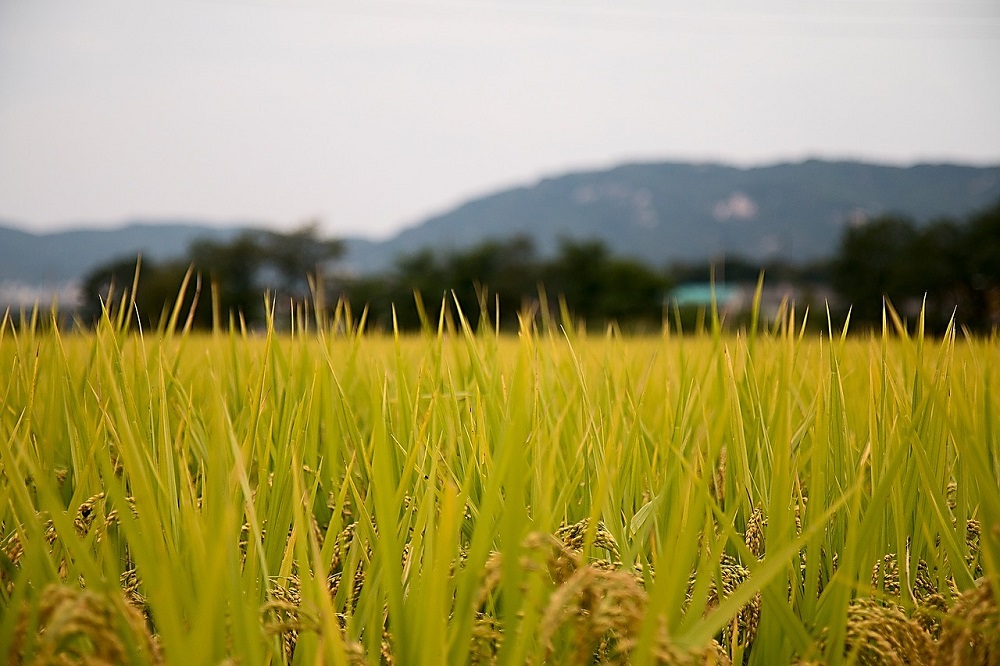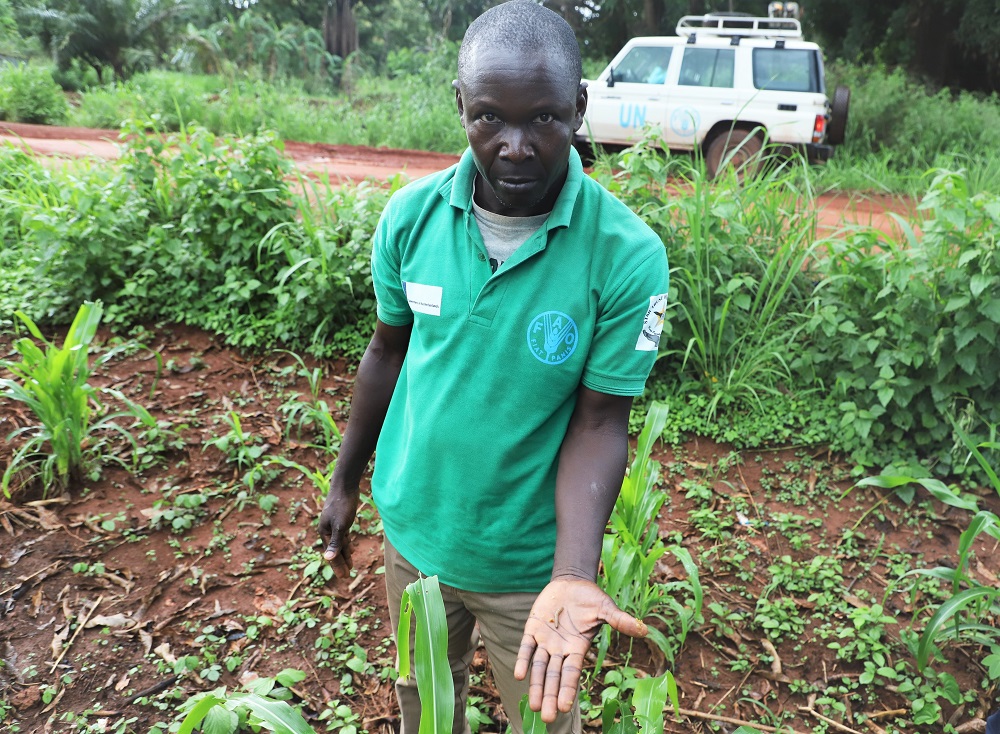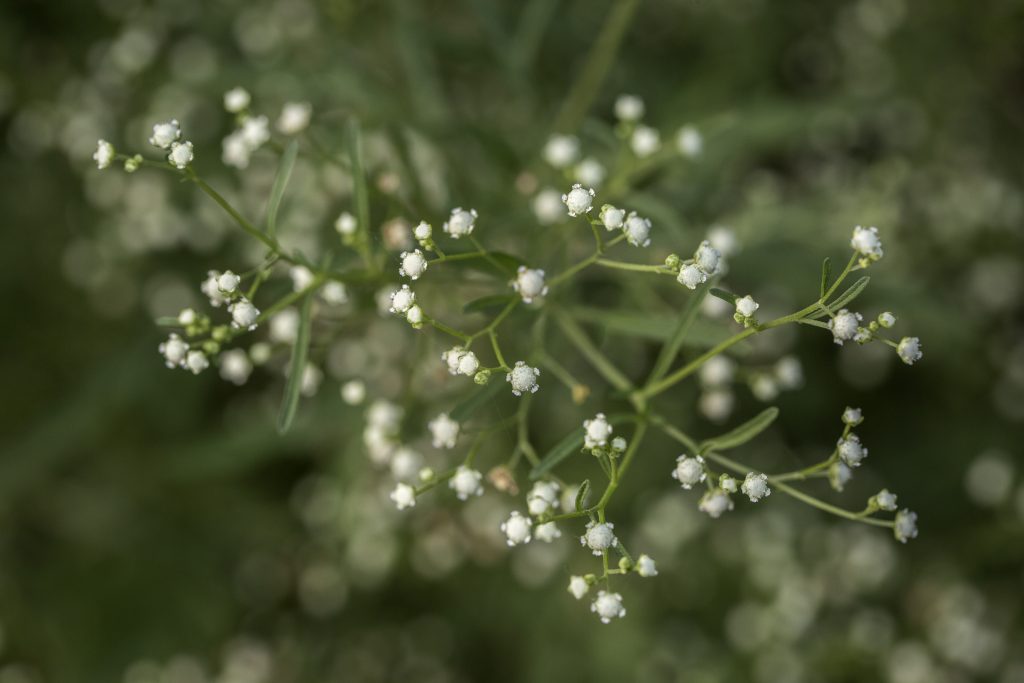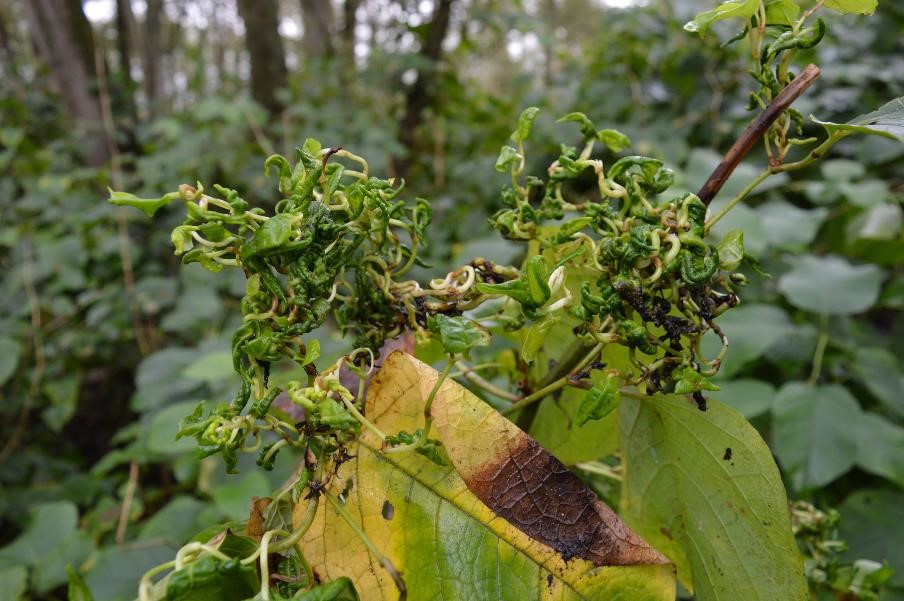Could Telenomus remus go global?
The parasitoid wasp Telenomus remus has been mass released as a biological control agent against fall armyworm (Spodoptera frugiperda) in the Americas (where the pest is native) for a number of years. However, fall armyworm is now highly invasive, found across Africa, Asia, and Australia. Can the lessons learnt from its wide use in the…
Women and girls in science: An interview with Hariet Hinz
Female scientists have the potential to play an important role in the future of agriculture, however, a significant gender gap persists, particularly in agriculture and science. Gender and youth is a key area for CABI. Constituting to Sustainable Development Goal 5, CABI’s goal is to create opportunities for women and young people in agriculture. In…
Women and girls in science: An interview with Chapwa Kasoma
This month’s International Day of Women and Girls in Science aims to engage women and girls in science. As part of this international day, we are highlighting some of the invaluable work CABI’s female scientists do in the field of agricultural science. Zambia-based Chapwa Kasoma is a postdoctoral research fellow in invasive species management. We…
Invasives most read blogs 2021
As 2021 draws to a close, we have crunched the numbers and pulled together the most read blogs on the Invasives Blog this year. Plus some firm favourites. Invasive species like Himalayan balsam, fall armyworm, and Tuta absoluta proved to be popular topics for our readers this year. CABI’s work in biological control around the world also grabbed readers’…










